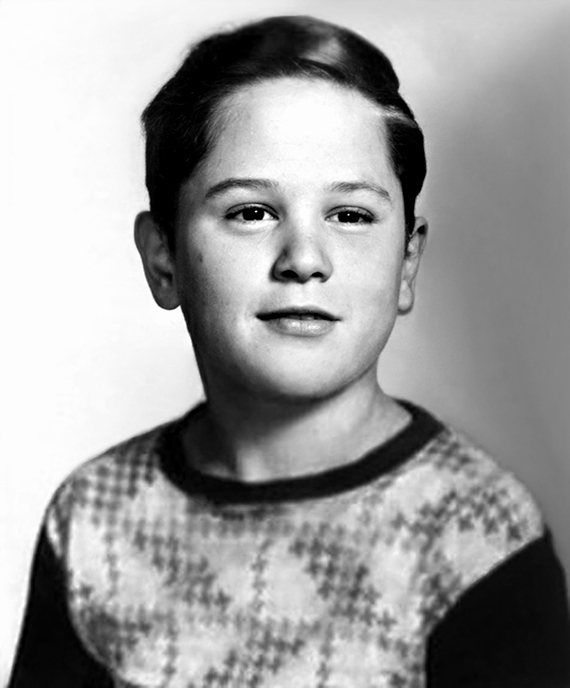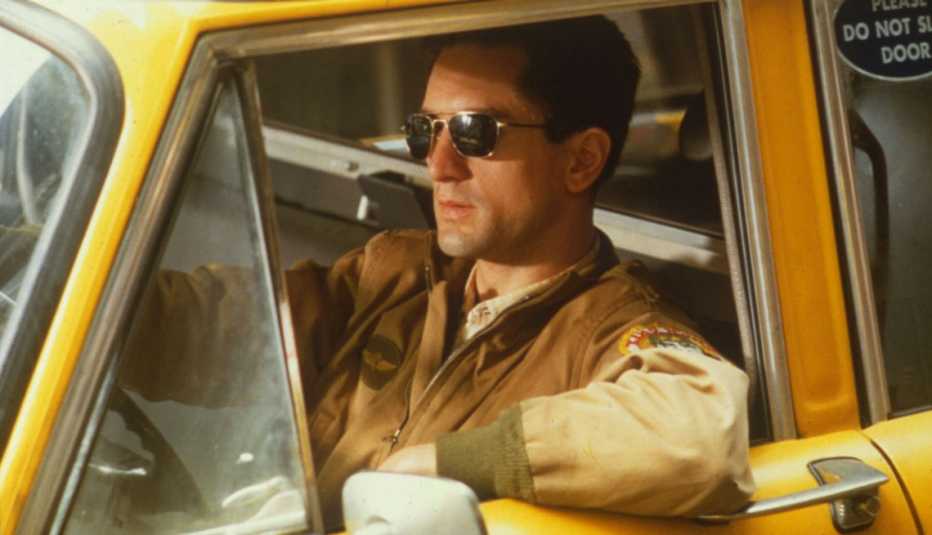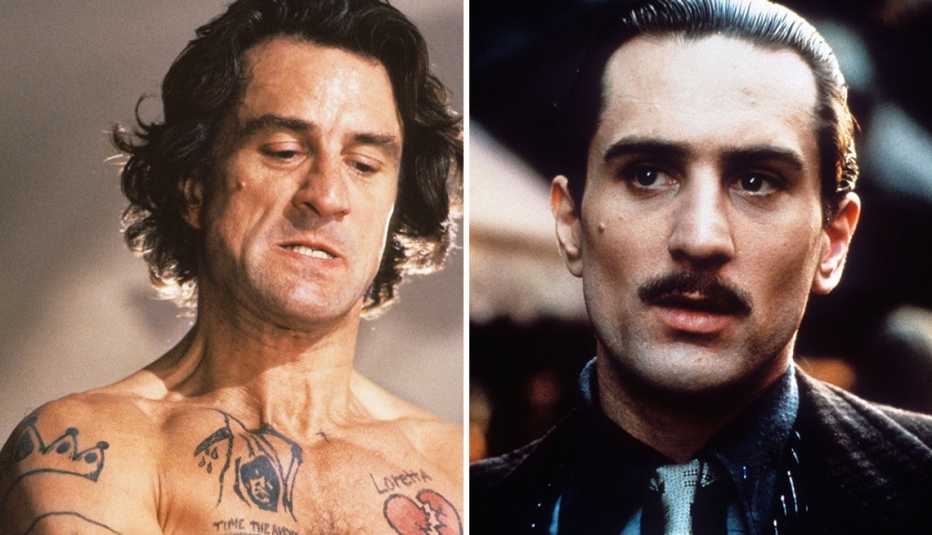Staying Fit
Robert De Niro shakes my hand, sits down across from me and dispenses with the niceties: He’s trying to reckon with the nature of evil. “I’ve been trying to figure out how it works,” he says. “How the people at the center of some of the most insidious situations in history are often very banal.”
Of course, he’s talking about his latest film, Killers of the Flower Moon, in which he stars as William King Hale, the real-life mastermind of a vast murder-for-oil conspiracy targeting members of the Osage Nation. (His performance won AARP’s Movies for Grownups award for best supporting actor and scored De Niro his ninth Oscar nomination.)


AARP Membership— $12 for your first year when you sign up for Automatic Renewal
Get instant access to members-only products and hundreds of discounts, a free second membership, and a subscription to AARP the Magazine.
“William Hale, he’s very charming, very polite,” De Niro continues. “He likes the Osage. Or thinks he does. And he feels that they like him, which some of them probably did. He speaks their language, and he deals with them on a one-to-one basis. It’s almost like, ‘Nothing personal.’ ”
This transposition of that old saw from The Godfather into 1920s Oklahoma cracks me up. A what’s so funny? look darkens De Niro’s face.
“Look, I don’t pretend to understand it,” he continues. “But what it really boils down to is: They’re not people. And they have something that we want. He’s not very self-reflective.”
He moves on to a related theme, central to both Killers and our current national moment: how American history gets taught, which stories get told and which get buried, and who gets to do the telling. The story behind Killers went untold for the better part of a century, and even now, some public schools in Oklahoma are cautious about teaching the eponymous book on which it’s based.
“As a country, we have not allowed certain stories to be told because they’re painful reminders,” he says. “Well, it doesn’t matter if the history is painful. It’s what happened.” He says this very quietly; De Niro is an almost vehemently watchful man, and his sotto voce seems to be of a piece with this. “I gotta admit, for most of my life I wasn’t aware of the Black Wall Street thing [the Tulsa race massacre of 1921, also taught selectively in our nation’s public schools], which happened during the same period of our story in Killers. We weren’t taught!”
He smooths both hands over his forehead and slicked-back hair, as if to keep whatever’s in his head from boiling over. He’s handsome when he’s mad, De Niro. Wait, scratch that — he’s handsome, period. Surprisingly so. Over the past two decades he’s played a lot of men with craggy and blanched souls, and looked craggy and blanched while doing so. He turned 80 in August. Yet the man who just strode up and shook my hand looks more like a well-sunned 60-year-old who spent the last week sailing his yacht up the Amalfi Coast. Today he’s blue on blue on blue: jacket, turtleneck and slacks. The ensemble and the man pair well. Both seem smart and unfussy.
“Can I talk to you about the way you walk?” I ask. A beat. De Niro blinks. He finds the question suspicious. Another beat. I’ve asked because there is something to the way Robert De Niro carries himself. The instant he breached the door, I recalled a simple shot from Killers in which William Hale is seen from a 4 o’clock angle, behind and to the side. Hale, too, is a man who strides the world, but in a methodically evil way, and his physicality discloses this to us. The shoulders slump, giving his spine a stiff, question-mark curl. The poison he dispenses to the Osage people he pretends to love has rubbed off on him, crooking his spine and curdling his soul.
De Niro acknowledges that the way King Hale holds his body and the way it holds him are integral to the performance, though it’s not something he consciously thought through.
“The camera rolls ...” he says by way of explanation — and no more.


That laconic answer is vintage De Niro. He remains unfailingly cordial and attentive during our time together. He even becomes emotional at one point. But from beginning to end, he responds; he does not dish. And his voice never rises above a gentle piano. He remains immune to my provocations. Still, one tries.
“I’d like to talk to you about your animosity now,” I tell him.
“Yeah?”
“And how funny it can be.”
“Yeah?”










































































More From AARP
Ringo Starr on New Beatles Song: It’s ‘a Nice Way to Finally Close That Door’
Sixty years after Ed Sullivan, the Beatles’ heartbeat holds forth on moptop mania, broccoli — and hope springing eternal
Henry Winkler’s 6 Lessons of Reinvention
‘The old Henry got me here, but the new Henry is more fun!’ says the former Fonz, on a career roll
Sheryl Lee Ralph: ‘My Life Has Been About Preparing For Longevity’
The ‘Abbott Elementary’ star has been sharing her wisdom — and crafting a life of joy
Recommended for You